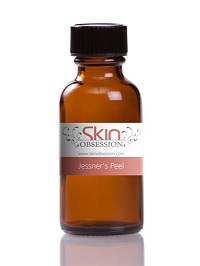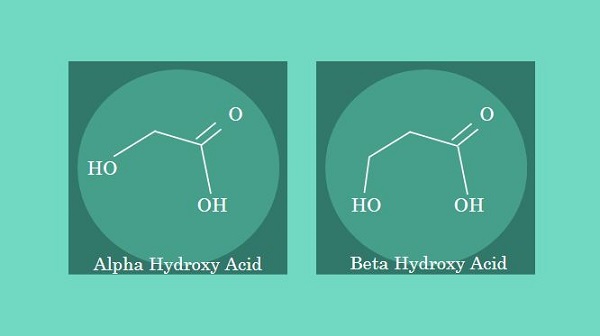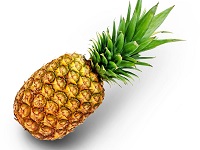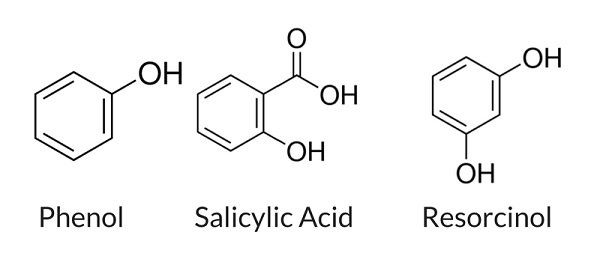Jessner's Peel Ingredients
 The Jessner's peel is able to offer such versatile results by combining salicylic acid, lactic acid and resorcinol. These three ingredients help to improve skin tone and texture by softening the bonds that hold dead skin cells together while also exfoliating on the surface. A Jessner's peel can combat sun damage, rosacea, age spots, acne, fine lines and shallow scarring.
The Jessner's peel is able to offer such versatile results by combining salicylic acid, lactic acid and resorcinol. These three ingredients help to improve skin tone and texture by softening the bonds that hold dead skin cells together while also exfoliating on the surface. A Jessner's peel can combat sun damage, rosacea, age spots, acne, fine lines and shallow scarring.
In this article, we'll break down the ingredients of the Jessner's peel in detail, to give you a better understanding of how it works and why.
See chemical peel precautions.
Salicylic Acid
A Jessner's peel contains 14 percent salicylic acid, an acid that falls into the beta hydroxy group. You'll oftentimes also see this group referred to as "BHA." This group contains a wide variety of acids that have various applications; in cosmetics, these acids are useful because of their ability to penetrate the pores of your skin, where they can dissolve the upper layer of skin cells efficiently. This is due to the fact that beta (meaning two) hydroxy acids have two carbon atoms. By contrast, alpha hydroxy acids only contain one carbon atom, which keeps them on the surface of your skin.

Beta hydroxy acids are milder than their alpha counterparts, and do not kill bacteria or have an effect on sebum production. The purpose of salicylic acid in your chemical peel is simply to soften keratin (the glue that holds cells together). This makes BHA peels an excellent solution for dry and scaly skin caused by conditions such as psoriasis, eczema and seborrheic dermatitis. In addition, salicylic acid also prevents the clogging of pores.
Lactic Acid
Lactic acid is salicylic acid's counterpart because it is an alpha hydroxy acid (AHA). As we already mentioned, AHAs remain on the surface of the skin, making them excellent exfoliants. This group also includes glycolic acid, the smallest, and therefore a much more powerful, AHA molecule.

Although lactic acids don't have the ability to penetrate skin in the same way BHAs can, this group of acids is generally stronger. However, the potency of AHAs range widely. You can find many types of alpha hydroxy acids right in your own home. Try honey (gluconic acid), papaya (papain), pineapples (bromelain) or citrus fruit (citric acid) like oranges when creating an at-home skincare regimen.
When paired with salicylic acid, we only need 14 percent lactic acid to give this chemical peel the ability to penetrate deeply and exfoliate efficiently.
Resorcinol
Structurally speaking, resorcinol is a compound similar to phenol, also known as carbolic acid. However, it's applications are very different. Although the phenolic acid group does include salicylic acid, neither resorcinol nor salicylic acid function like their phenol relative.

As we already mentioned, salicylic acid breaks up skin's "glue" by softening keratin. Resorcinol works similarly, and is often found in skincare treatments to combat acne, eczema and other dermatological issues. This ingredient also contains antiseptic properties.
Fourteen percent resorcinol completes the trifecta of Jessner's chemical peel ingredients.
If you’ve never used an at-home chemical peel, you may want to start off with a milder solution to help ease the process. Take our chemical peels quiz to find out which other chemical peels might be best suited to your skin tone and experience level.